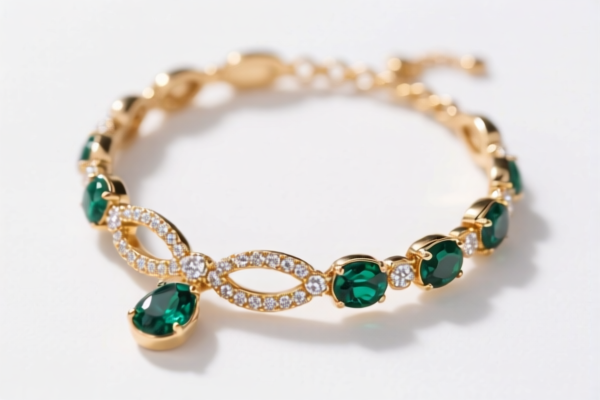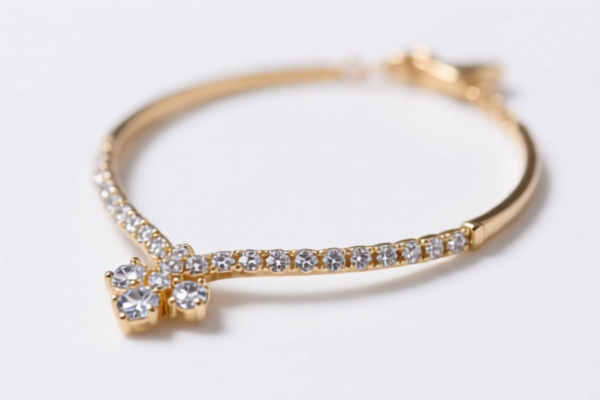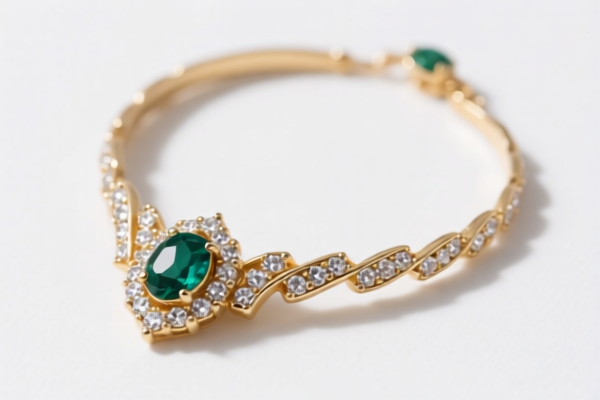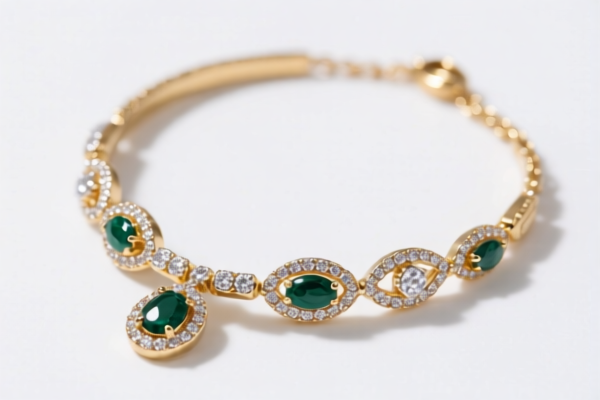| HS Code | Official Doc | Tariff Rate | Origin | Destination | Effective Date |
|---|---|---|---|---|---|
| 7113111000 | Doc | 43.8% | CN | US | 2025-05-12 |
| 7113195090 | Doc | 43.0% | CN | US | 2025-05-12 |
| 7115903000 | Doc | 58.9% | CN | US | 2025-05-12 |
| 7115904000 | Doc | 58.0% | CN | US | 2025-05-12 |
| 9601904000 | Doc | 39.6% | CN | US | 2025-05-12 |
| 9601908000 | Doc | 41.2% | CN | US | 2025-05-12 |
| 9606220000 | Doc | 55.0% | CN | US | 2025-05-12 |
| 9606296000 | Doc | 57.9% | CN | US | 2025-05-12 |
| 9503000090 | Doc | 30.0% | CN | US | 2025-05-12 |
| 9503000071 | Doc | 30.0% | CN | US | 2025-05-12 |




Jewelry Kit
A jewelry kit is a package containing the tools and materials required to create jewelry. These kits cater to a wide range of skill levels, from beginners to experienced artisans, and can focus on specific jewelry-making techniques or offer a variety of options.
Materials Commonly Included
Kits typically include a selection of the following materials:
- Beads: Glass, acrylic, gemstone, metal, seed beads, and pearls are common. The size, shape, and color vary significantly.
- Stringing Materials: Nylon cord, elastic cord, wire (stainless steel, copper, silver-plated), and thread are used to connect beads and other components.
- Findings: These are the components used to finish and assemble jewelry pieces, including clasps, jump rings, crimp beads, ear wires, headpins, and eye pins.
- Charms & Pendants: Decorative elements to add visual interest. Can be metal, glass, resin, or other materials.
- Metal Components: Sheet metal, wire, or pre-cut shapes for metal stamping, etching, or forming.
- Resin & Clay: Some kits focus on resin jewelry making, including resin, pigments, molds, and hardeners. Others use polymer clay for sculpting beads or pendants.
Purpose & Function
The primary purpose of a jewelry kit is to provide all necessary resources for creating jewelry. They function as a convenient and often cost-effective way to start a jewelry-making hobby, learn new techniques, or produce multiple pieces of jewelry. Kits can also be used for educational purposes, such as in workshops or classes.
Usage Scenarios
- Beginner Projects: Kits designed for beginners typically include simple instructions and basic materials for creating easy pieces like beaded bracelets or necklaces.
- Learning New Techniques: Kits focusing on specific techniques like wire wrapping, knotting, or resin casting allow users to develop new skills.
- DIY Gifts: Creating personalized jewelry as gifts.
- Crafting as a Hobby: A relaxing and creative outlet.
- Small Business/Selling Jewelry: Some individuals use kits to create jewelry for sale.
Common Types of Jewelry Kits
- Beading Kits: Focus on stringing beads to create necklaces, bracelets, and earrings. These are often categorized by bead type (glass, gemstone, seed beads).
- Wire Wrapping Kits: Include wire, tools, and beads for creating intricate designs using wire wrapping techniques.
- Resin Jewelry Kits: Contain resin, pigments, molds, and tools for creating resin pendants, earrings, and other pieces.
- Polymer Clay Kits: Include polymer clay, tools, and instructions for sculpting beads, pendants, and other clay jewelry.
- Metal Stamping Kits: Include metal blanks, stamps, and tools for creating personalized metal jewelry.
- Charm Bracelet Kits: Contain charms, bracelet blanks, and findings for creating charm bracelets.
- Kids Jewelry Making Kits: Designed for children with larger beads and simpler instructions.
- Specific Project Kits: Kits focused on creating a particular design or piece of jewelry (e.g., a specific type of earring or necklace).
The declared goods, “jewelry kit,” likely encompasses various components used in the creation of jewelry. Based on the provided reference material, the following HS codes may be relevant:
- 7113111000: This HS code covers “Articles of jewelry and parts thereof, of precious metal or of metal clad with precious metal: Of precious metal whether or not plated or clad with precious metal: Of silver, whether or not plated or clad with other precious metal: Rope, curb, cable, chain and similar articles produced in continuous lengths, all the foregoing, whether or not cut to specific lengths and whether or not set with imitation pearls or imitation gemstones, suitable for use in the manufacture of articles provided for in this heading.” This would apply if the kit contains silver chains, ropes, or cables intended for jewelry making. The total tax rate is 43.8%.
- 7113195090: This HS code covers “Articles of jewelry and parts thereof, of precious metal or of metal clad with precious metal: Of other precious metal, whether or not plated or clad with precious metal: Other: Other Other.” This could apply to jewelry kit components made from precious metals other than silver, such as gold, platinum, or palladium. The total tax rate is 43.0%.
- 7115903000: This HS code covers “Other articles of precious metal or of metal clad with precious metal: Other: Other: Of gold, including metal clad with gold.” If the kit contains gold components not specifically covered under 7113, this HS code may be applicable. The total tax rate is 58.9%.
- 7115904000: This HS code covers “Other articles of precious metal or of metal clad with precious metal: Other: Other: Of silver, including metal clad with silver.” This could apply to silver components not covered under 7113. The total tax rate is 58.0%.
- 9601904000: This HS code covers “Worked ivory, bone, tortoise-shell, horn, antlers, coral, mother-of-pearl and other animal carving material, and articles of these materials (including articles obtained by molding): Other: Coral, cut but not set, and cameos, suitable for use in jewelry.” If the kit includes coral or cameos intended for jewelry making, this HS code may be relevant. The total tax rate is 39.6%.
It is important to note that the specific HS code will depend on the materials used in the kit. If the kit contains components made from multiple materials, it may be necessary to classify each component separately.
Customer Reviews
No reviews yet.